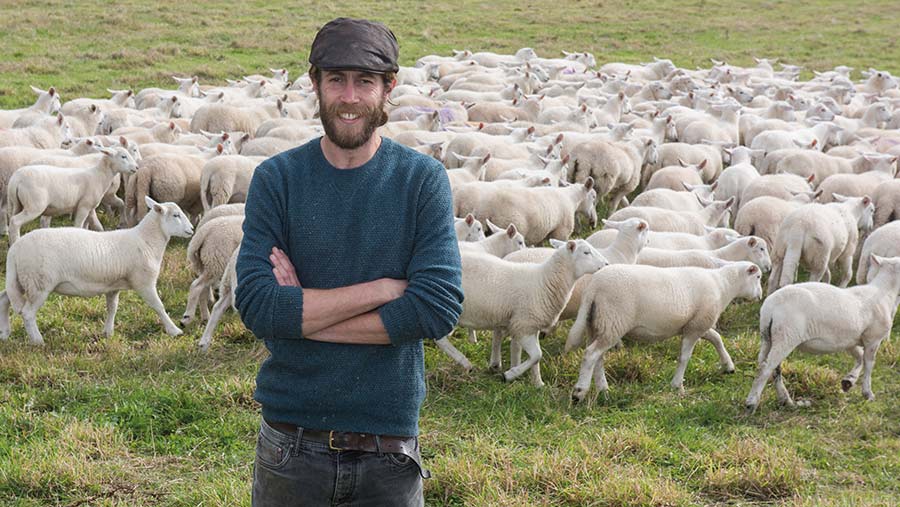Farmer Focus: Could kebabs point the way to marketing lamb?
 © Hugh Nutt
© Hugh Nutt Despite lamb being produced all over the UK and available all year round, this plentiful, sustainable, and largely environmentally friendly meat isn’t consumed as frequently as chicken, beef or pork.
Why? I believe there are many contributing factors. Ask the average British youth when was the last time they ate lamb and you will probably receive a blank look.
Whenever I speak to people about lamb, even those that say it’s their favourite meat, it seems to be seldom cooked at home. It is often reserved for special occasions and a treat when eating out.
See also: Young sheep farmers share tips on year-round lamb marketing
It’s not surprising, when a walk through a local Tesco’s shows lamb chops at £15.40/kg, compared with pork at £7.30/kg or chicken breasts at £6/kg.
Furthermore, I think a lot of shoppers don’t know how to cook it well and aren’t keen on the strong flavour.
While most children are very familiar with sausages, burgers, fish fingers, chicken nuggets and even turkey shaped like a dinosaur, lamb is not something they regularly eat or are offered.
This is, I believe, the start of the disconnection.
Our nation consumes vast quantities of take-away meals. According to the McDonald’s website, they feed more than 3.8 million Brits a day, and they are only one of many fast-food options on the high street.
The one “mainstream” meat absent from the menus of popular fast-food chains is lamb. I emailed McDonald’s once, and asked why there’s no McLamb burger.
Their reply was that its flavour is too strong to cook on a grill alongside other items and that it’s simply not that popular.
The PR own-goal of naming the meat after the “baby” animal of the species probably doesn’t help. You don’t order a “calf burger” or “piglet roll”.
However, there is one place where lamb has firmly welded itself into our culture – on a weekend, often after several pints.
The kebab, or cull ewe sandwich, as my friend so poetically puts it, has become a firm staple of the British diet, mostly without its connection to a sheep ever being considered.
Is this pointing us towards the answer? Should we market it by focusing on the meal rather than the meat?

